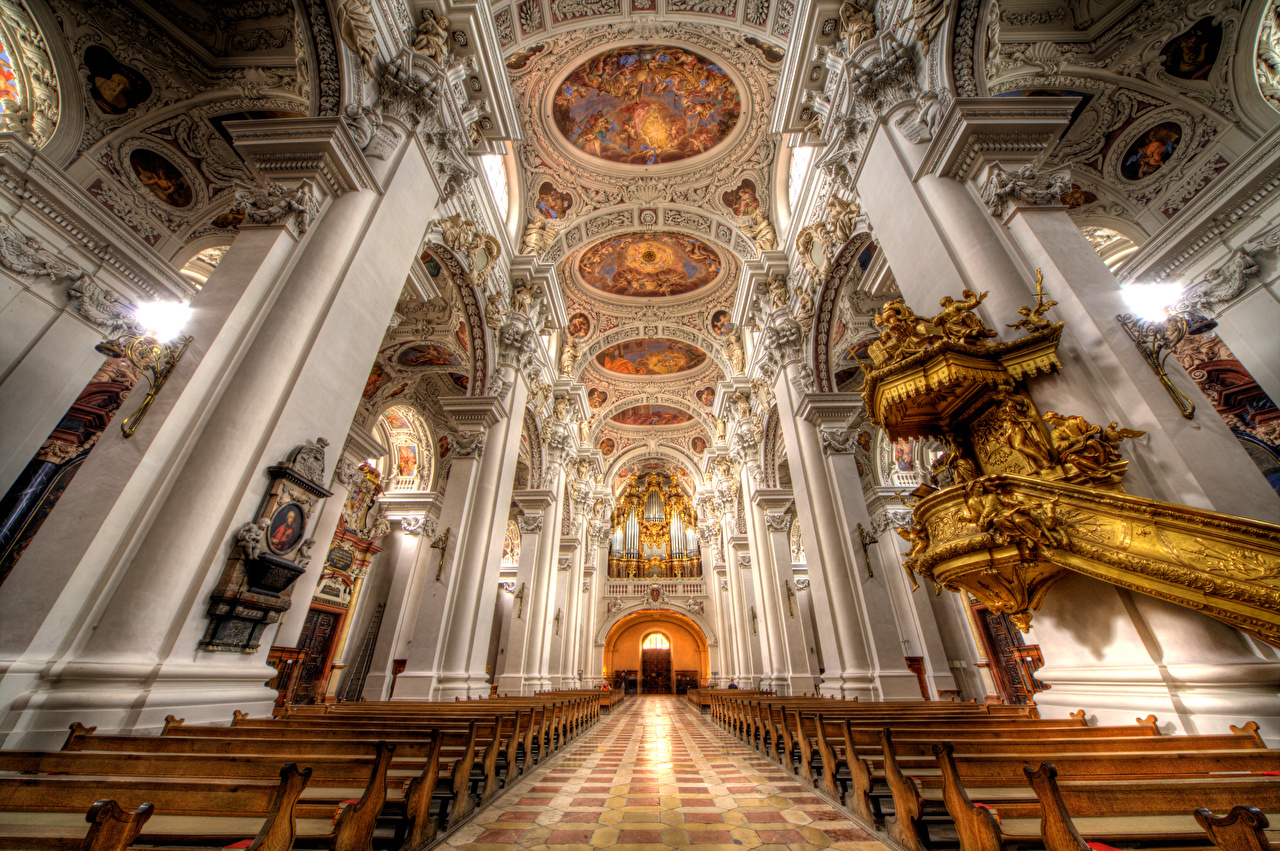Religion of Austria

In spite of being ardent followers of Catholicism, the Habsburg rulers showed tolerance for all religions. This tolerance, which maintained peace in the country, was derived from the enlightened absolutism in the eighteenth century. Religious tolerance was also an important clause in the in the Austro-Hungarian Constitution of 1867. With time, Religion of Austria came to identify twelve religious communities – Muslim, Jewish, Greek, Serbian, Bulgarian Orthodox, Old Catholic, Russian, Methodist and Mormon.
Presence of other Religions in Austria however, did not hamper the healthy relationship prevailing between the emperors and the Roman Catholic Church. The power exerted by the Roman Catholic Church was simply immense, affecting every single part of the Austrian daily lives. The period following the Second World War, however made them refrain from supporting the existing political parties openly in front of the masses. Towards the end of 1918, when secularism was on its height in Austria, the believers attempted to decrease the growing impact of these Catholic churches in important spheres of human lives like education.
The 1991 census indicated that a huge bulk of the Austrian population, about 77.9 percent were followers of Roman Catholic Church, which was a sharp decline from the 1971 figure of 82.7 percent. The community of the Jews, who were around 200,000 in 1938, almost vanished due to Holocaust and emigration. The arrival of the Turks and the former Yugoslavian added to the community of Islam and Serbian orthodox during the 1970s and the 1980s. All these incidences bear evidence to the fact that Religion of Austria has an individual pattern and belief of its own, which help in peaceful co-existence of diverse religious communities, contributing towards the prosperity of the country.